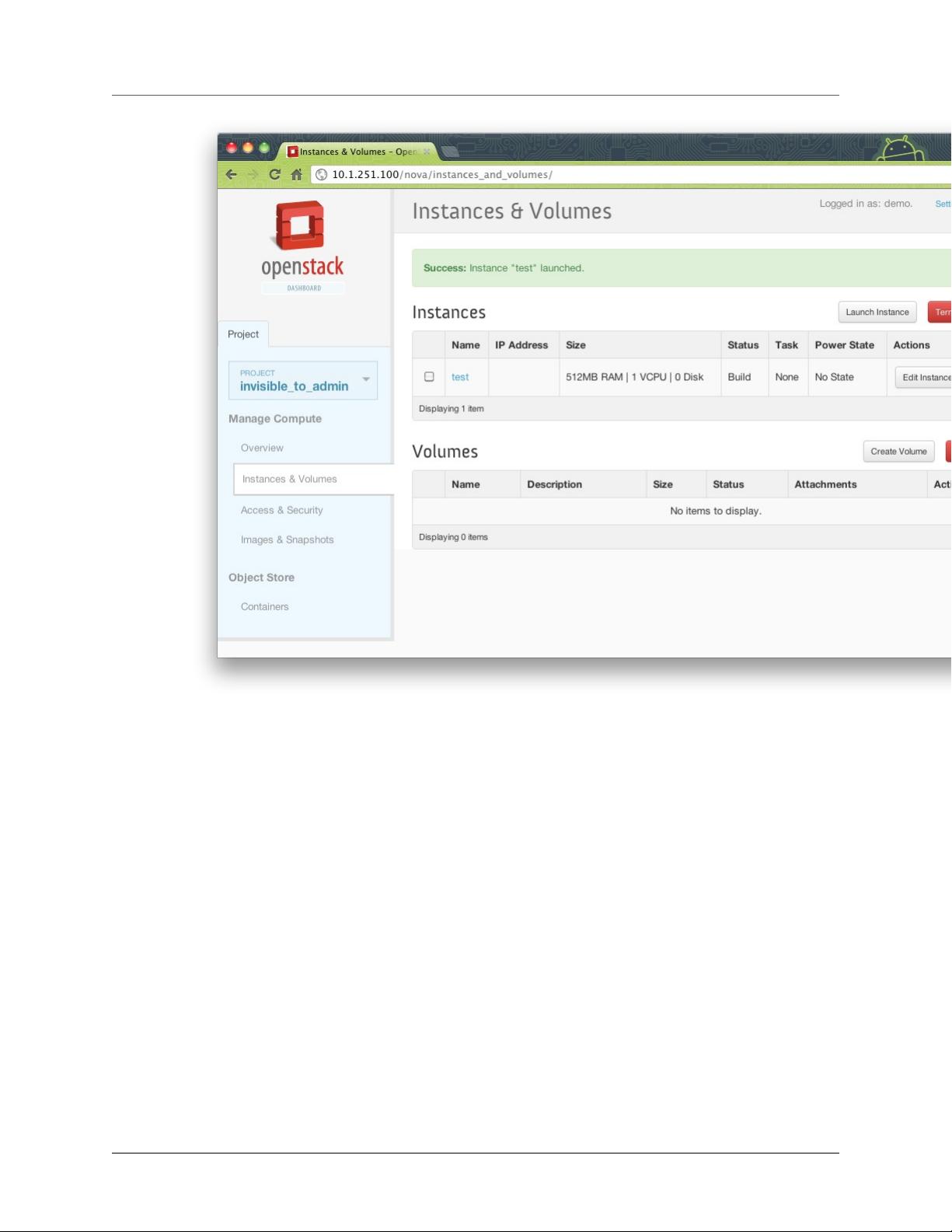OpenStack Compute管理员指南:安装与管理
《OpenStack Compute Administration Manual》是一份详尽的指南,针对的是OpenStack Compute的安装、管理和理解。OpenStack Compute是OpenStack项目中负责提供基础设施即服务(IaaS)的核心组件,特别适用于任何组织构建和管理私有云环境。该手册于2012年9月17日发布的Essex(2012.1)版本,由OpenStack LLC版权所有,其软件遵循Apache License 2.0,这是一种宽松的开源许可协议,允许用户在遵守版权条款的前提下自由使用、修改和分发。
在安装部分,手册提供了详细的步骤和配置指导,确保管理员能够顺利地在他们的服务器集群上部署OpenStack Compute服务,包括诸如Nova(计算服务)、Neutron(网络服务)和Glance(镜像服务)等关键组件。管理员可以在这里了解如何设置基础架构,包括硬件需求、网络配置以及存储策略。
管理方面,手册深入解析了OpenStack Compute的日常运维,包括创建和管理虚拟机实例、卷、网络和安全组,以及监控和优化性能。此外,它还涵盖了故障排查和恢复的策略,确保系统的稳定性和可用性。
理解软件运行机制是另一个核心内容,手册解释了OpenStack Compute的工作原理,包括API的使用、底层技术(如虚拟化技术,如KVM或Xen)以及与OpenStack其他服务的交互。此外,它还讨论了如何扩展和定制OpenStack Compute以满足特定业务需求。
值得注意的是,此文档不仅受Apache License 2.0保护,同时也受到Creative Commons Attribution ShareAlike 3.0 License的许可,这意味着用户在引用或修改此文档时必须遵循共享相同的许可证条件,尊重原作者的知识产权。
《OpenStack Compute Administration Manual》对于任何希望在企业环境中实施和管理OpenStack Compute的IT专业人员来说,是一份不可或缺的参考资料,它详细阐述了如何构建、维护和优化一个功能强大的云计算平台。
2013-02-17 上传
2019-12-27 上传
2012-10-30 上传
2013-09-24 上传
2021-05-10 上传
2024-11-23 上传
点击了解资源详情
点击了解资源详情
点击了解资源详情
qq_26636291
- 粉丝: 0
- 资源: 7
最新资源
- 基于深度神经网络的DST指数预测.zip
- webpage
- 行业文档-设计装置-一种利用余热烘烤纸管的装置.zip
- word-frequency:小型javascript(节点)应用程序,该应用程序读取文本文件,并按顺序输出文件中20个最常用的单词以及它们的出现频率
- dltmatlab代码-dlt:用于计算离散勒让德变换(DLT)的MATLAB代码
- php-subprocess-example:使用Symfony Process Component和异步php执行的示例
- quick-Status
- .....
- 基于webpack的前后端分离方案.zip
- crossword-composer:文字游戏的约束求解器
- 电力设备与新能源行业新能源车产业链分析:_电动化持续推进,Q1有望淡季不淡.rar
- UnraidScripts
- dltmatlab代码-DLT:http://winsty.net/dlt.html
- ant.tmbundle:TextMate对Ant的支持
- zhaw-ba-online
- CandyMachineClient













